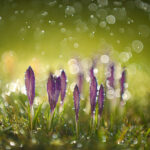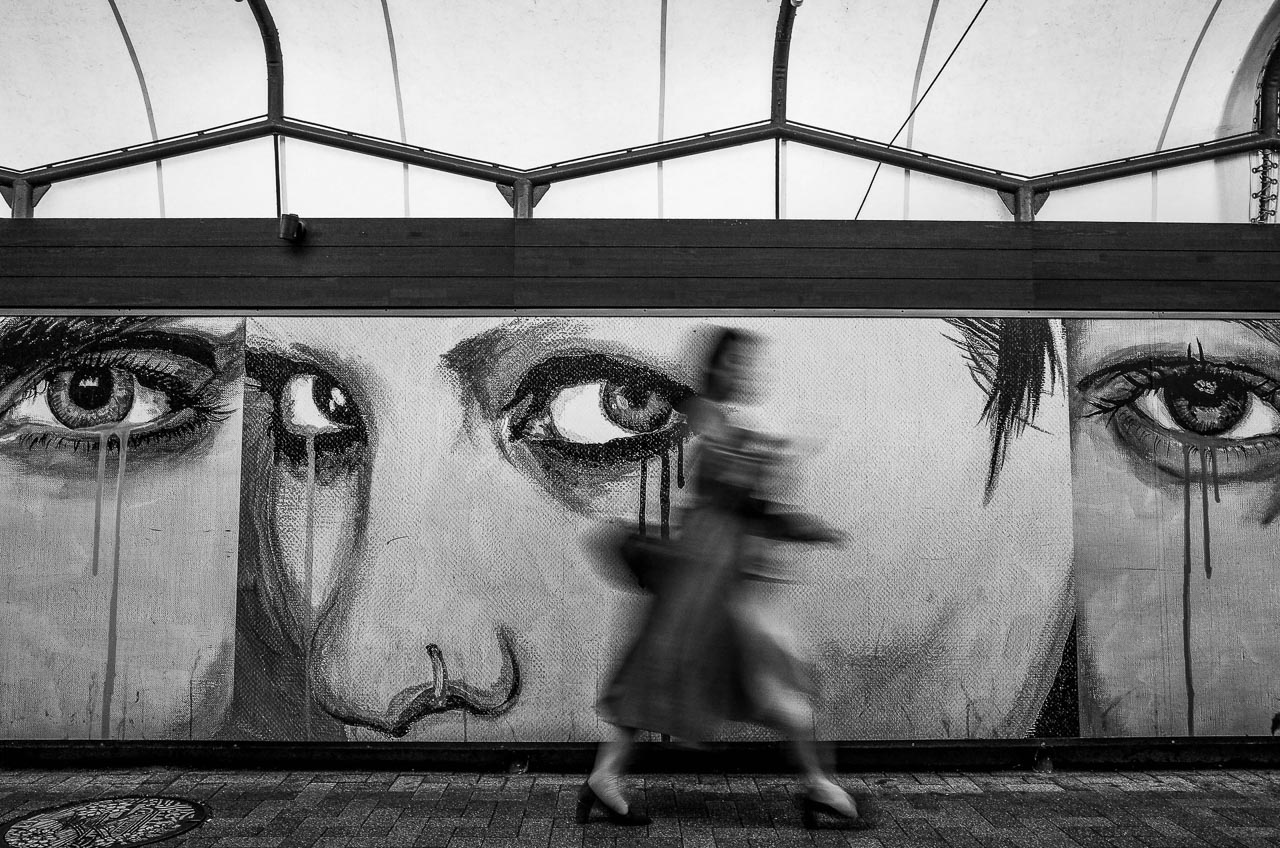
In this discussion of various street photography tips for beginners, we shall learn everything there is to know about this genre to get started.
There are a lot of myths surrounding street photography. Most beginners would say this genre is difficult because it requires people to take pictures of strangers on the street. And that is never an easy thing to do.
There is obviously the risk of repercussions, objections, and the occasional confrontation photographers face when they take a picture of someone on the street. But on the flip side, it can be an extremely gratifying experience as well.
Let’s dive right in.
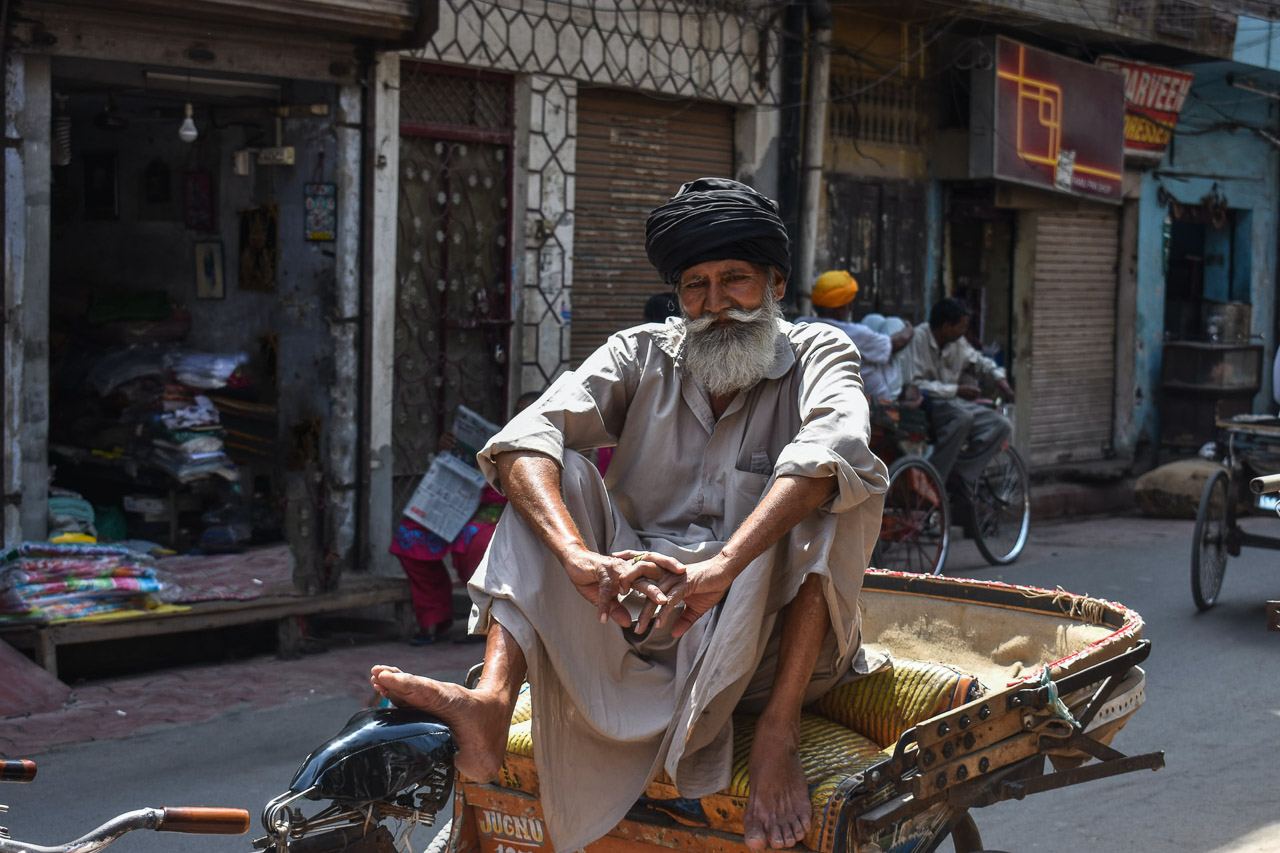
What we expect to learn from this guide to street photography:
- Best camera and lens combination to shoot street photos
- Essential principles on how to approach street photography
- The basic do’s and don’ts of street photography
- How to get over your fear and anxiety to shoot street photos
- How to get the inspiration for shooting great street photography
Introduction to Street Photography
Street photography is about capturing life around a photographer and how they react to those elements. The photos don’t need to be shot on the street as long as they depict something to do with human action or life.
What Is the Best Camera and Lens to Shoot Street Photography?
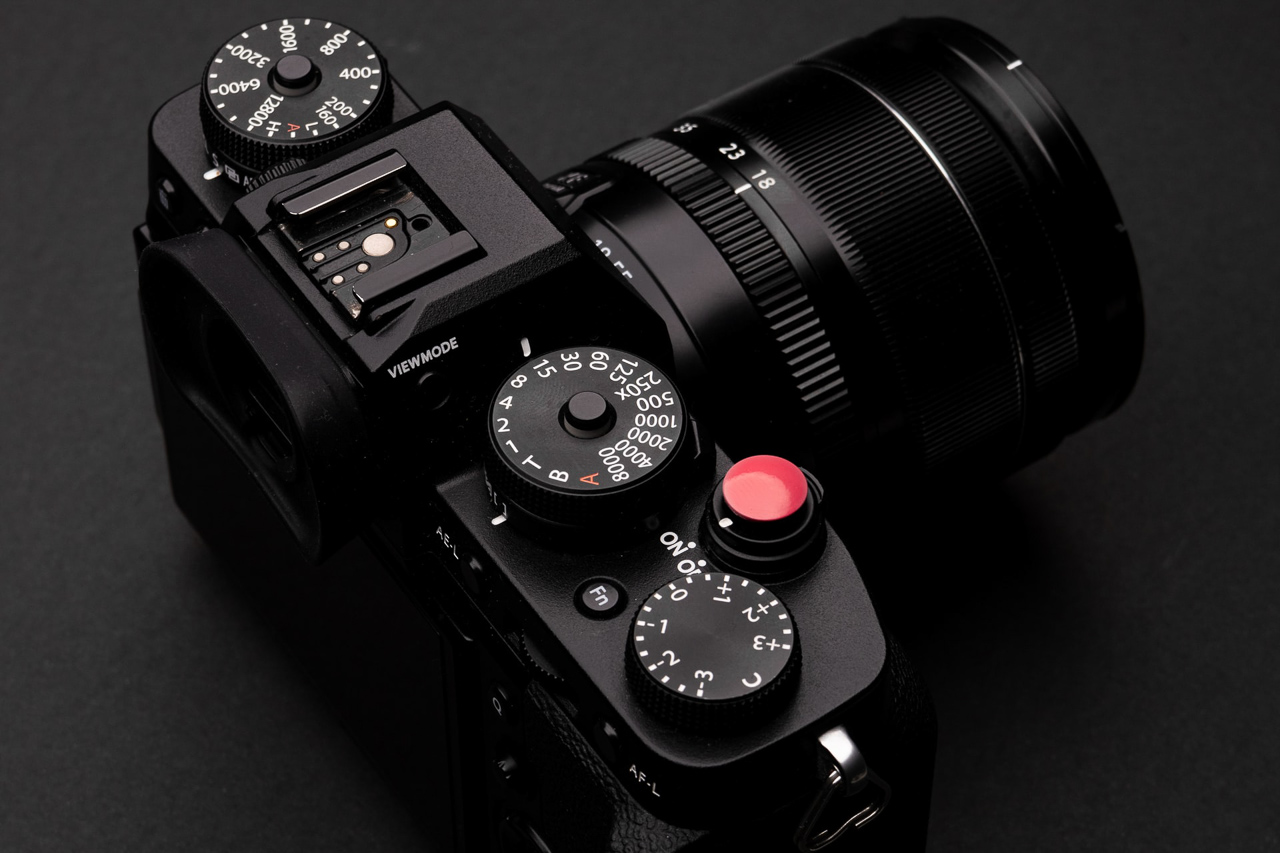
Most street photographers prefer to use a small camera and a fixed prime lens. The most popular camera has a full-frame sensor inside it, is lightweight, small, compact, and preferably black to avoid getting detected. The best lens to go with is 35mm or any shorter focal length. The 50mm prime is also a good choice.
Henri Cartier-Bresson, the pioneer of street photography and arguably the greatest street photographer that ever lived, shot almost entirely with a Leica 35mm rangefinder camera all his life. He paired that camera with a 50mm lens.
Essential Principles on How to Approach Street Photography
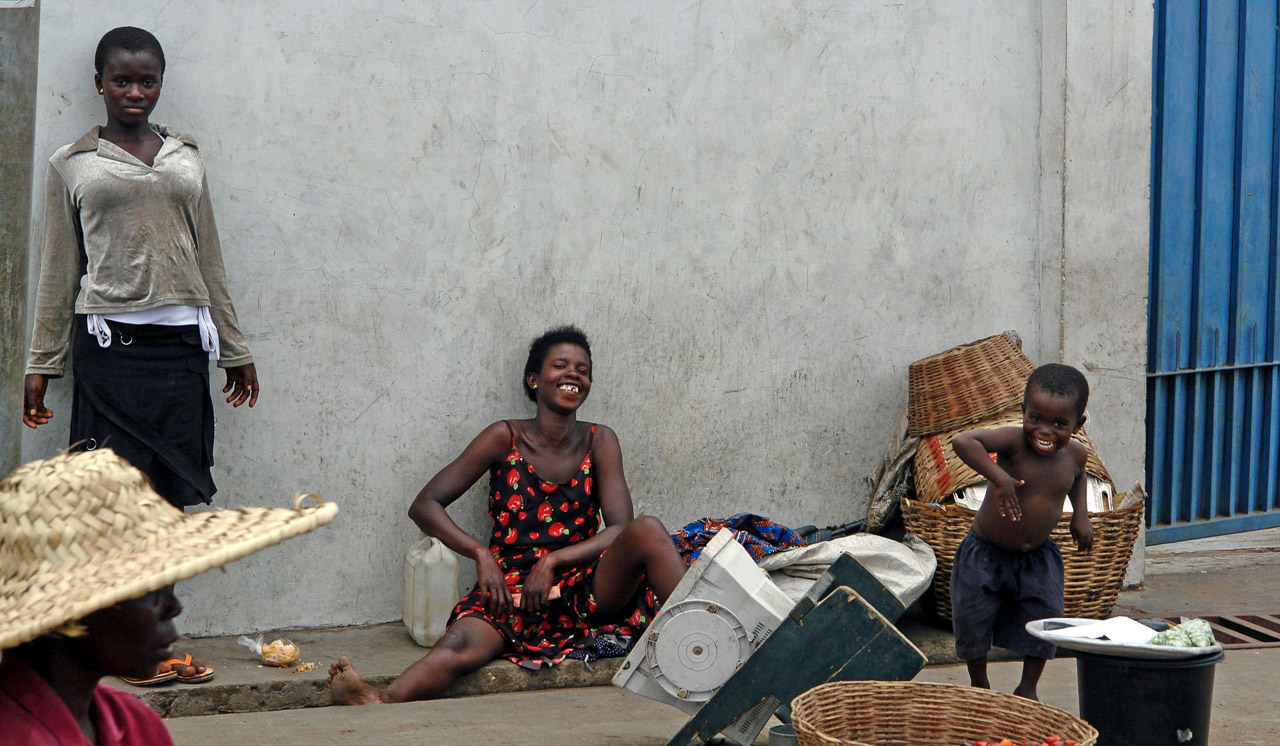
Street photography has always been a trial-and-error approach because different styles work with different people. Not everybody is comfortable using the same techniques. We shall learn a few tips and tricks that will help you get started in this part.
1. Wait for the Decisive Moment
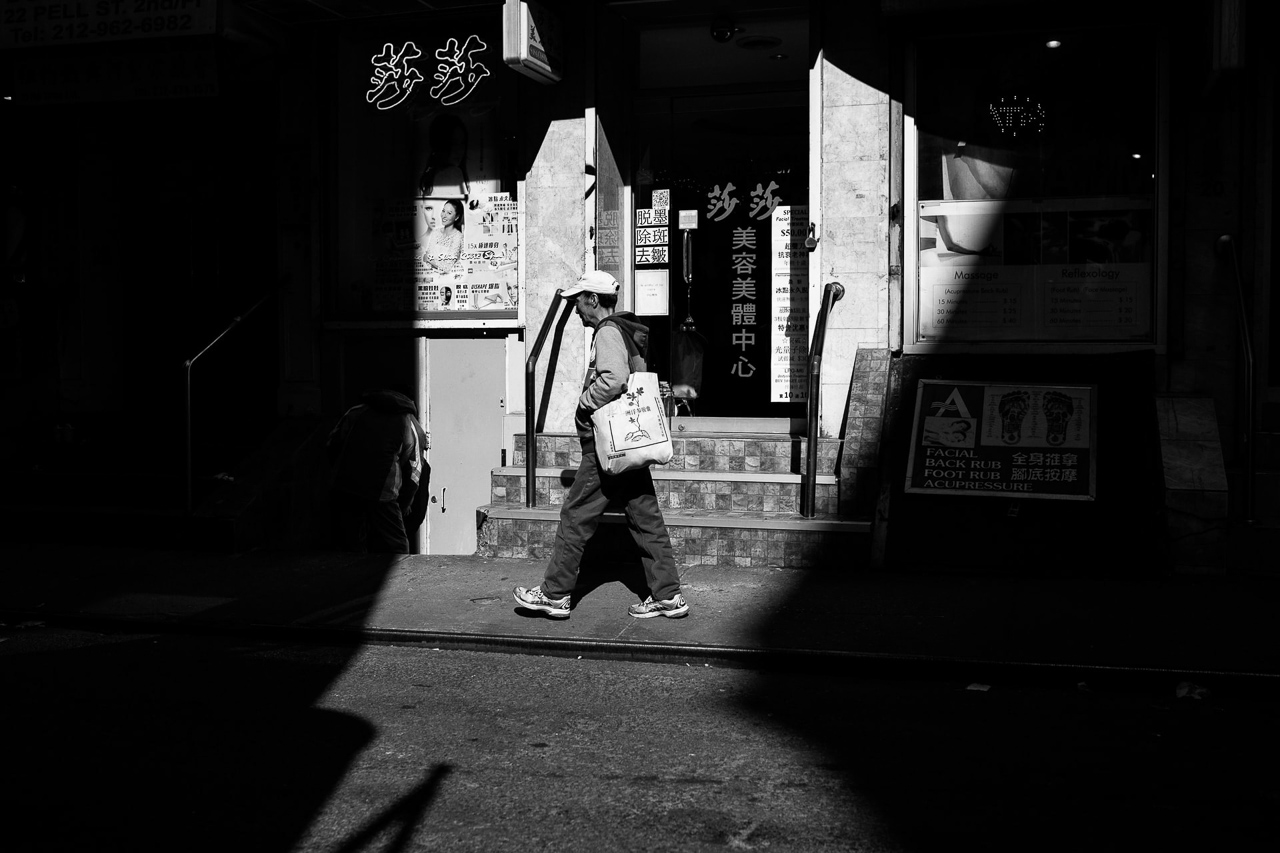
One of the things that separate street photographers from other photographers are that they have to lay in wait, having done their composition in advance, for everything to come together. The process is often defined as waiting for the decisive moment, something that Henri Cartier-Bresson, The pioneer of street photography, had mastered.
2. Watch Out for the Background
For some reason, the background is often an overlooked aspect of street photography. Photographers are so consumed with the idea of quickly capturing a fleeting moment that they often miss what’s behind a subject.
A background selected after careful thought can add to the overall composition. If the background isn’t interesting use the Bokeh technique to eliminate it.
3. The Rule of Three
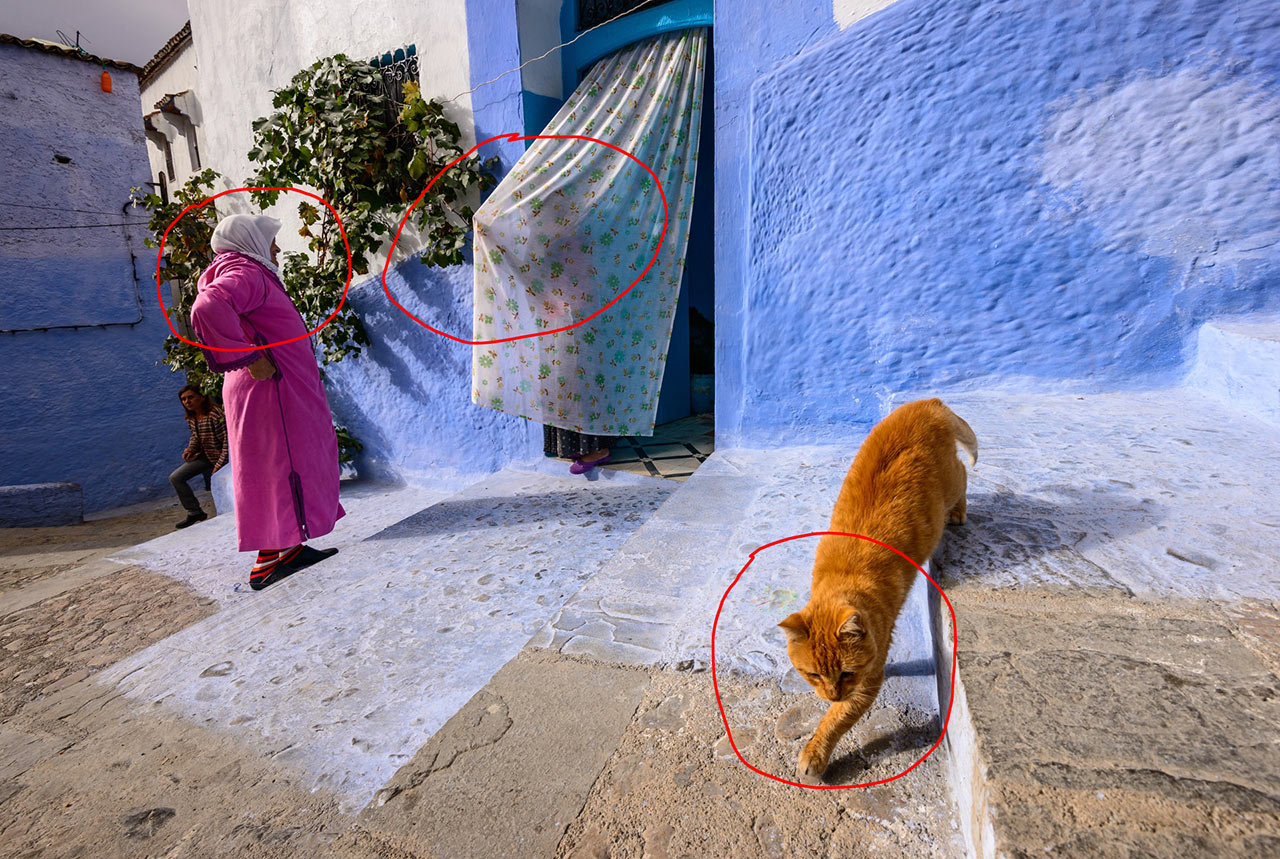
The rule of three is not an actual rule but more of a guide in street photography that tells you why some photos work while others don’t. The rule of three is about including no more than three elements in a frame. It’s a compositional guide that stresses that the number three is extremely useful in photography.
The uneven number concept is very popular in photography. So leaving five or seven elements in a composition works great. But the best result is achieved when you use three elements.
Consider this; the human mind tries to find the most straightforward process to understand how a shot has been composed. It has this peculiar method of finding basic geometric patterns to make sense of a picture.
When you use three elements in a composition, like faces or points of interest, the geometric shape that forms is a triangle. And the triangle is one of the most beautiful basic geometric patterns.
4. Capture Geometric Shapes and Lines in Your Composition
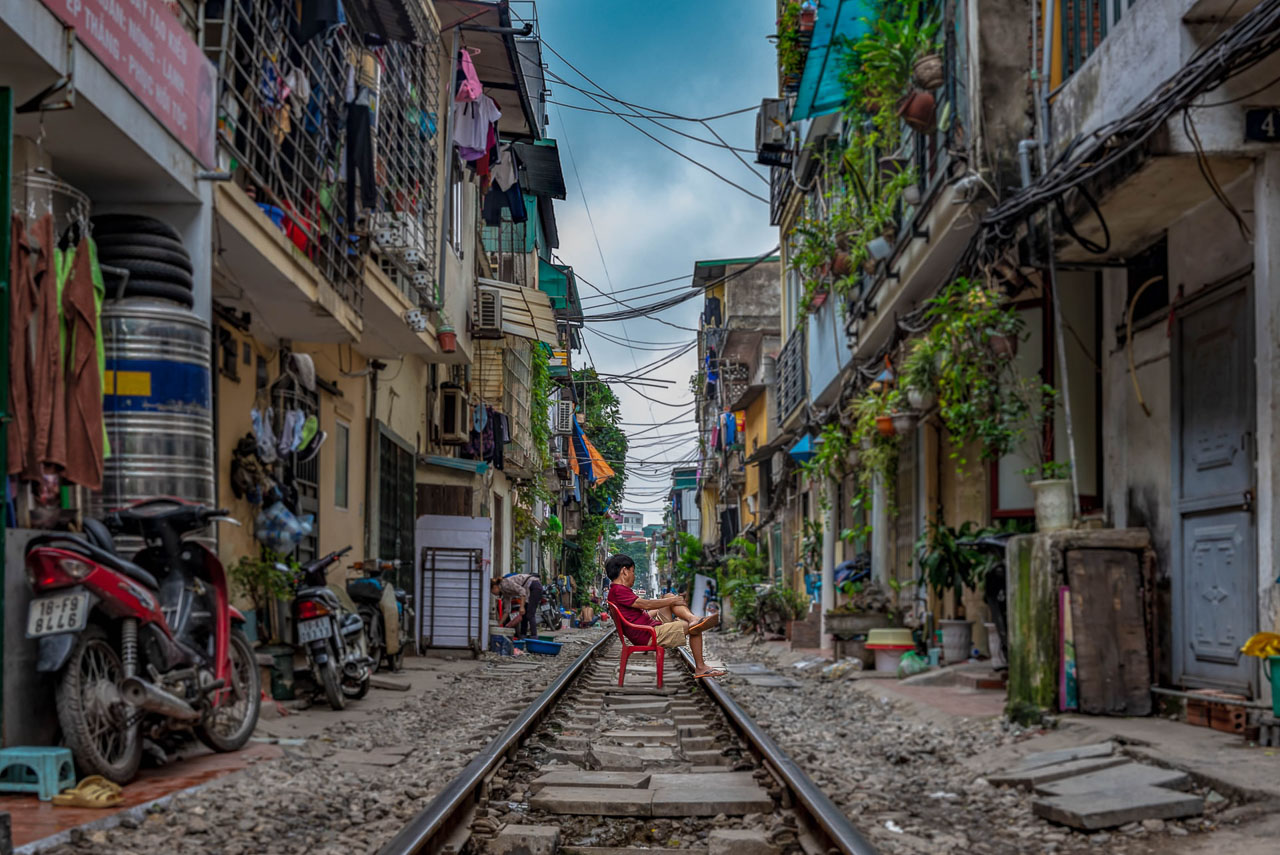
That brings us to the next tip on street photography guidance. Try to capture geometric patterns or lines in your composition whenever you can.
We learned how the essential three-point compositional element helps us capture a more intriguing image in the previous segment.
You don’t always have to include three interest points in your composition to ensure this. Sometimes, you can even capture geometric shapes taking advantage of how the elements in the image line up naturally. For example, the skyline of a street standing in the middle of the street will appear to be merging at a distance. It will seem like a triangle.
5. Get Close to Capture People’s Faces
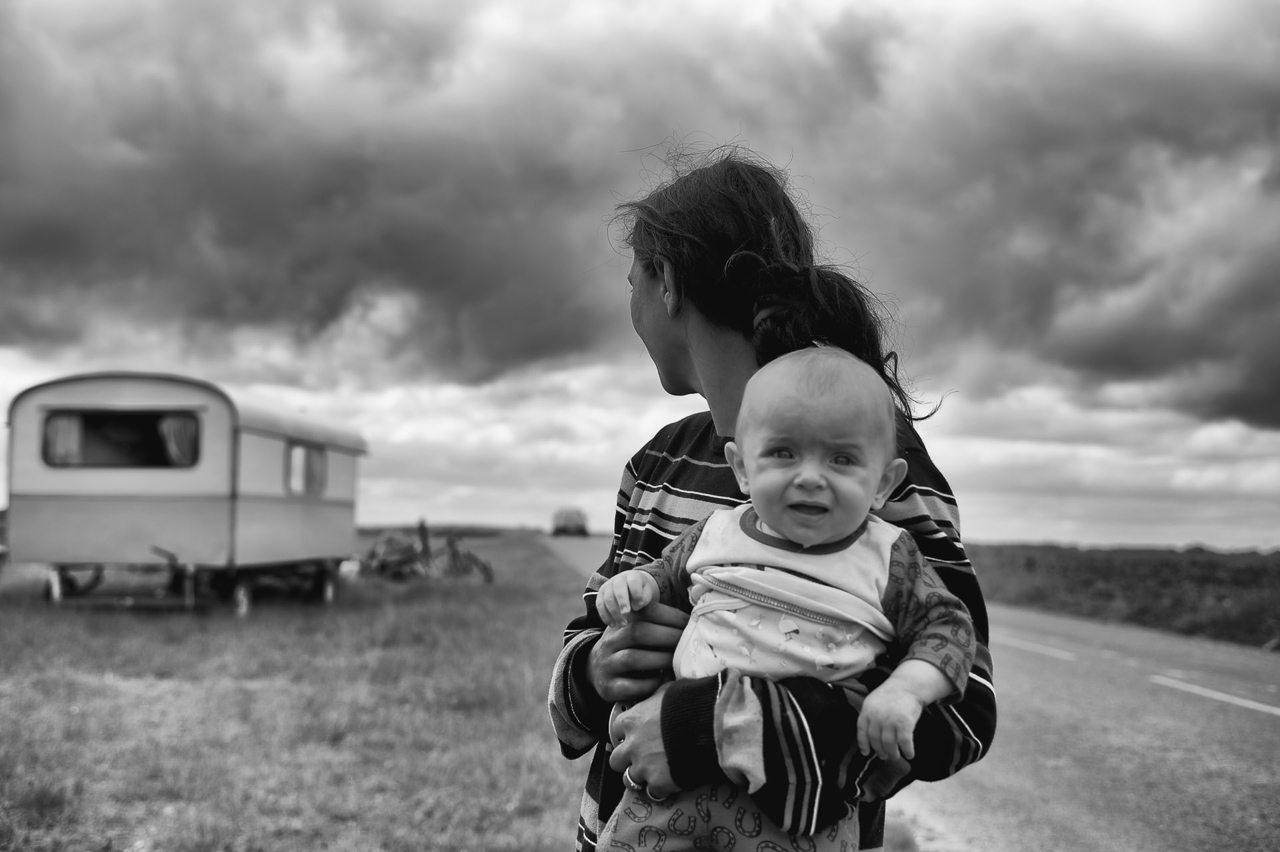
A challenging yet rewarding technique is to get close to subjects and capture their faces by filling the frame. There are two ways to achieve this. One is to step in close to your subjects and risk getting caught. The other approach is to stand back and zoom in with a telephoto lens.
Beginners will prefer the long lens option because they can stand out of sight. Purists will still prefer the short focal length option because it allows them to be close to their subjects when photographing them.
6. Start With Black and White
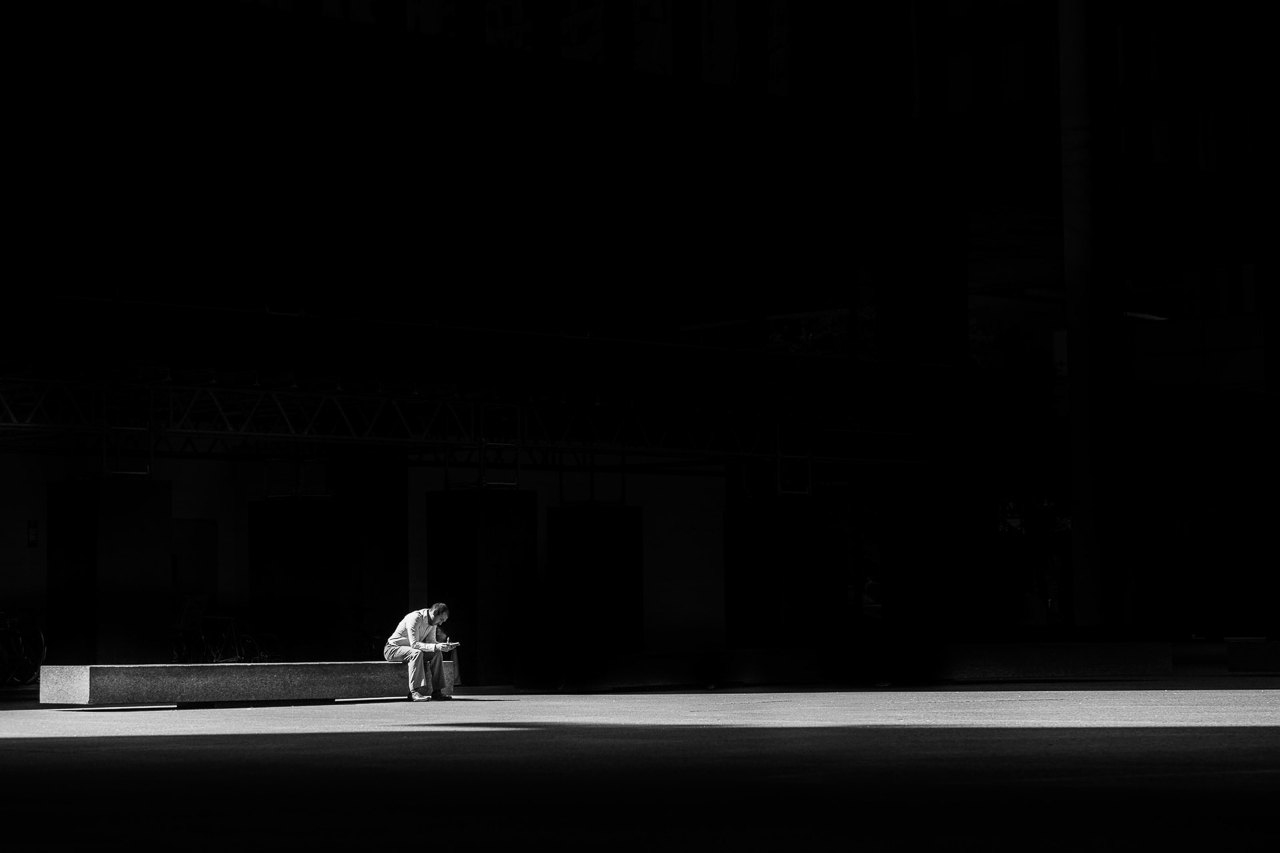
Monochrome, specifically black and white compositions, forces you to focus on your shots’ composition and framing. Without color, you’re forced to make sure that your composition stands strong on its own.
Getting Over Your Fear and Anxiety as a Street Photographer
It’s normal to be fearful when beginning your journey as a street photographer. But your inspiration should be an honest love of this genre. Street photography has immense cultural value, and it only comes through over time.
Imagine the value of the work done by someone like Vivian Maier, who practiced street photography for more than 40 years and documented the cultural and human changes in New York City, Chicago, and Los Angeles over time. People came to know about her work only after her death. Only now has her work been given the kind of appreciation they should have earned when she was still alive.
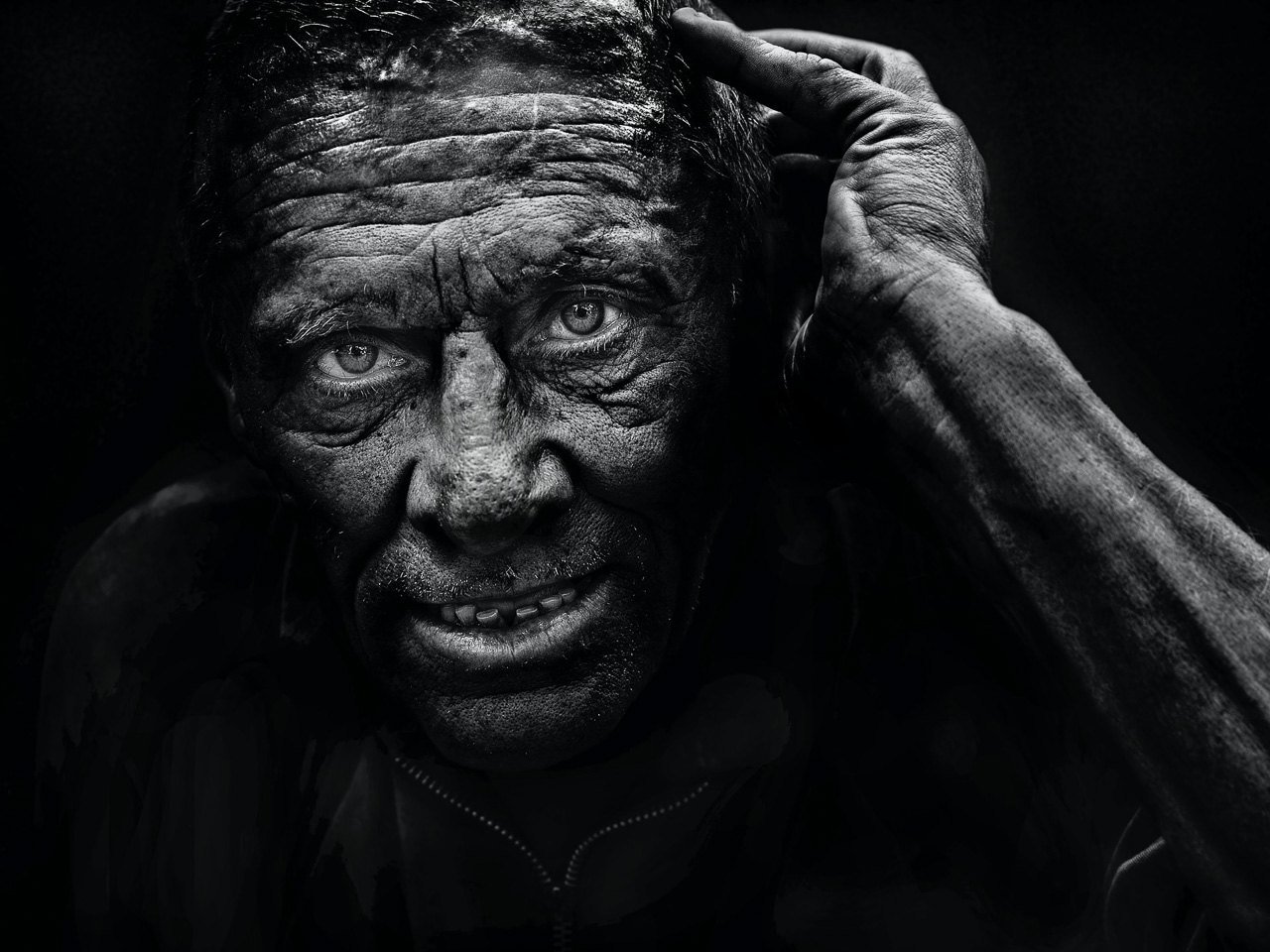
There are many others from whom you can draw inspiration. Some of the most outstanding street photographers of all time include the likes of Henri Cartier-Bresson, Gary Winogrand, Alfred Eisenstaedt, Elliott Erwitt, and Gordon Parks.
In modern times we can look at the works of Jon Luvelli, Thomas Leuthard, and Joel Meyerowitz, to name a few.
Most people do street photography because they love the human side of things. They’re intrigued by human emotions and life as it unfurls around them. This intrinsic love for human nature and human emotions drives them to pursue street photography.
How to take street photography without getting caught?
It’s normal to think that someone will catch you taking an image of them on the street. When that happens, don’t argue and get into any confrontation.
The best approach would be to acknowledge that you’re a street photographer and that you took an image of them because you felt they looked very interesting and thought they would make a nice photo.
If they ask you to show the image, you can even share your contact details. Sometimes people love to be flattered, which works 99 out of 100 times.
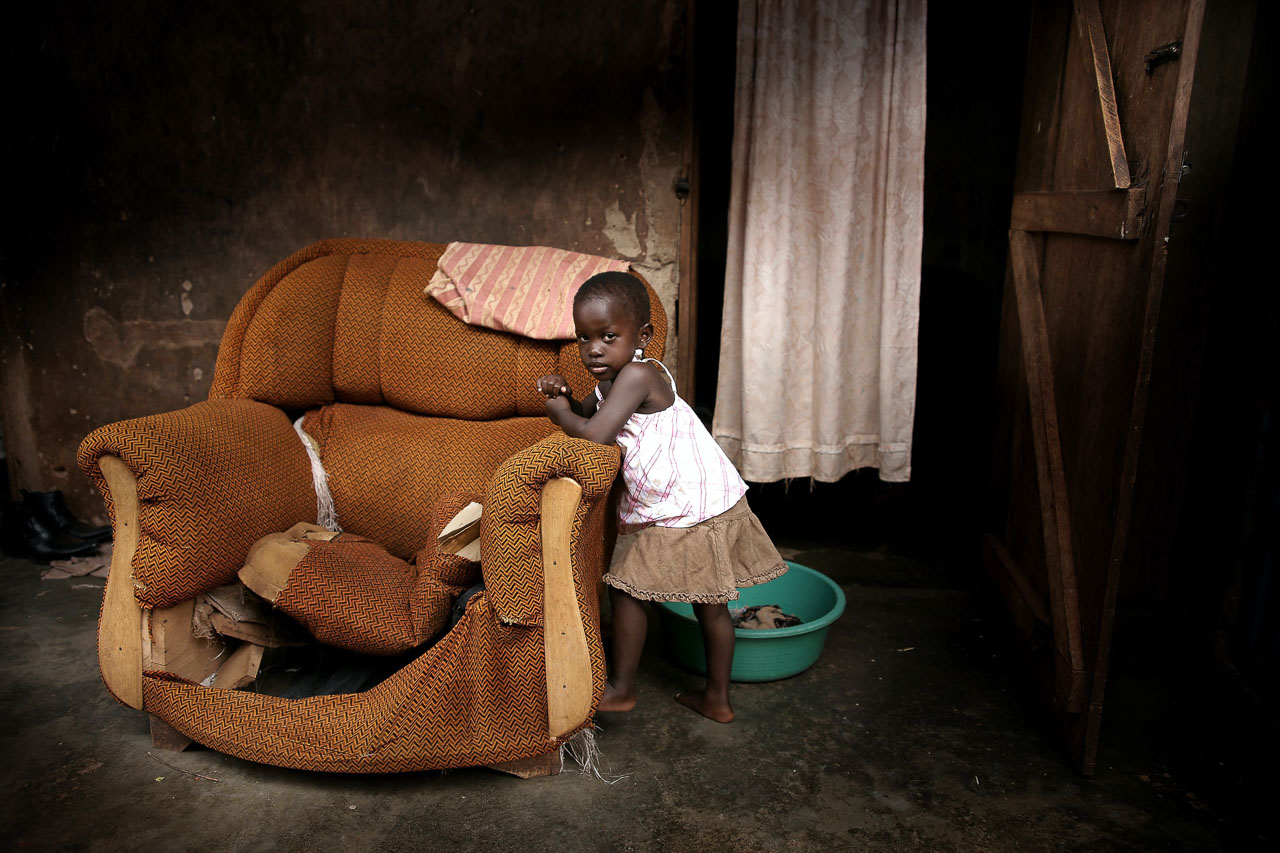
Even after all this, if you feel you’re going to get caught by someone somewhere, think in this line – you’re not doing anything wrong or illegal. As long as you’re well within your rights, you can practice street photography.
Post-Processing Tips With Colorcinch
Street photography uses many techniques that you will typically use in other genres. For example, you have to follow the rules of photography. But consider them more like guidelines for composition rather than rules.
To fine-tune we use the same tools and techniques. Cropping, e.g., is an excellent tool if you capture too much of the scene and later decide to crop the image to eliminate the unwanted stuff.
Like in this image, do you notice that arm sticking out on the extreme left-hand side of the frame?
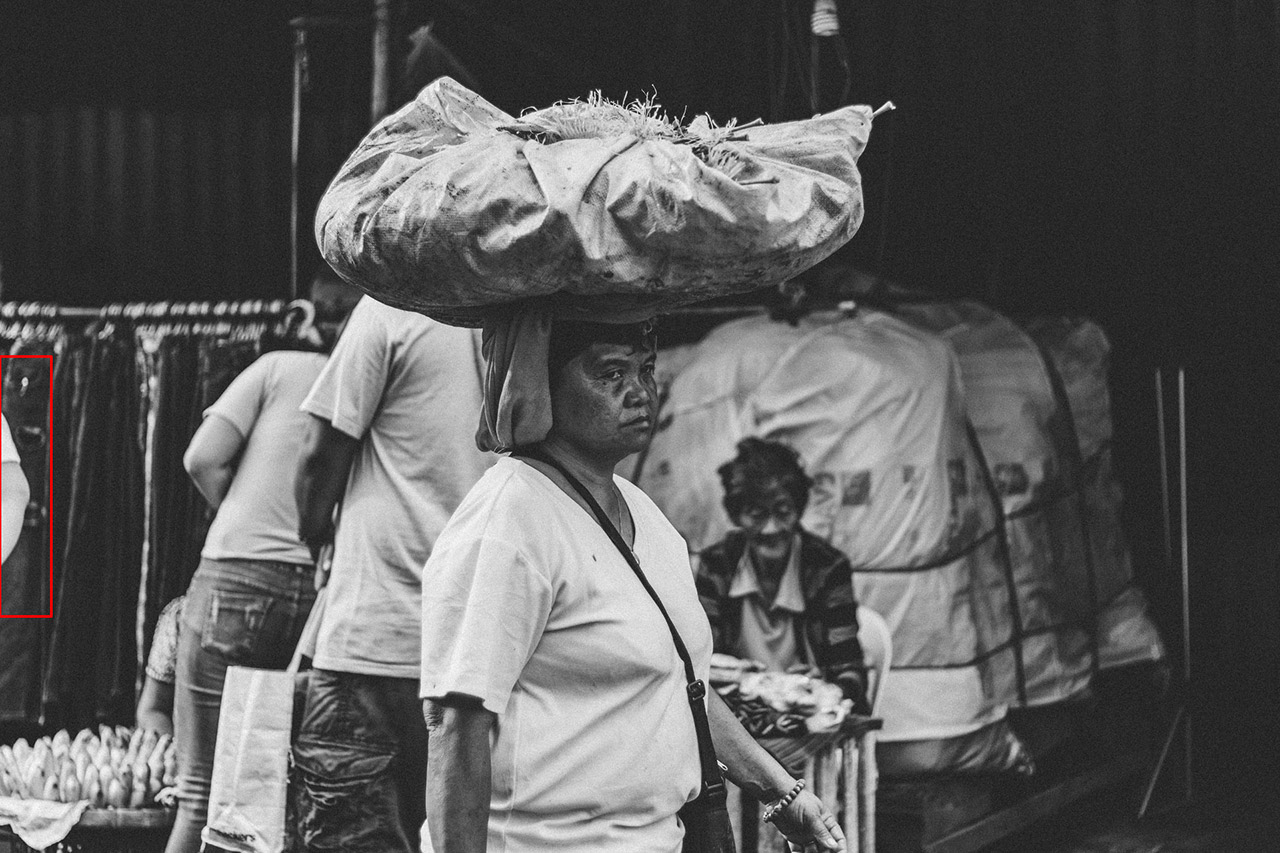
We can quickly eliminate that using the Colorcinch online editor.
First, we need to upload the image to Colorcinch using the Upload button.

Once the image is uploaded, we can navigate to the Basics tab. This tab offers some simple editing options like Resize, Rotate, and most importantly, Crop.
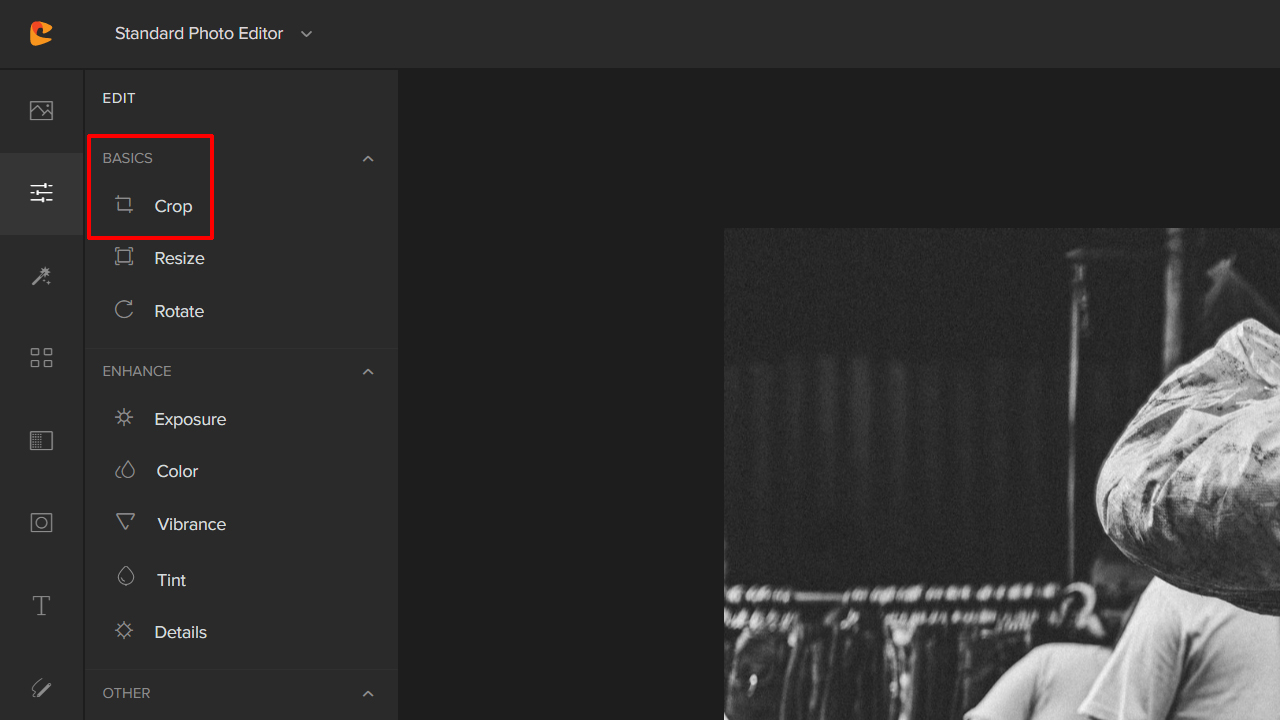
We need the Crop button to resize and eliminate the distracting bit from the image.
There are three options to choose from – Original Ratio, Freeform, and Square.
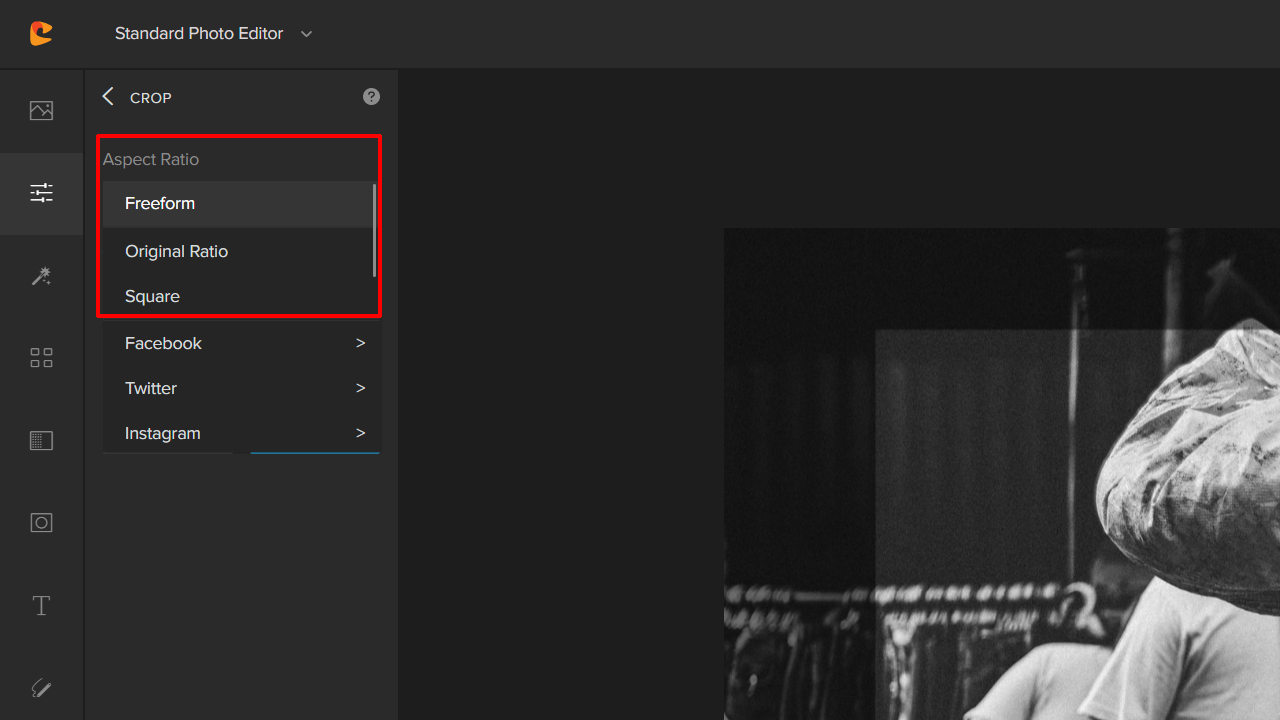
These are self-explanatory. The only thing to note is that if you choose Original Ratio or Square, the Aspect Ratio is pre-locked.
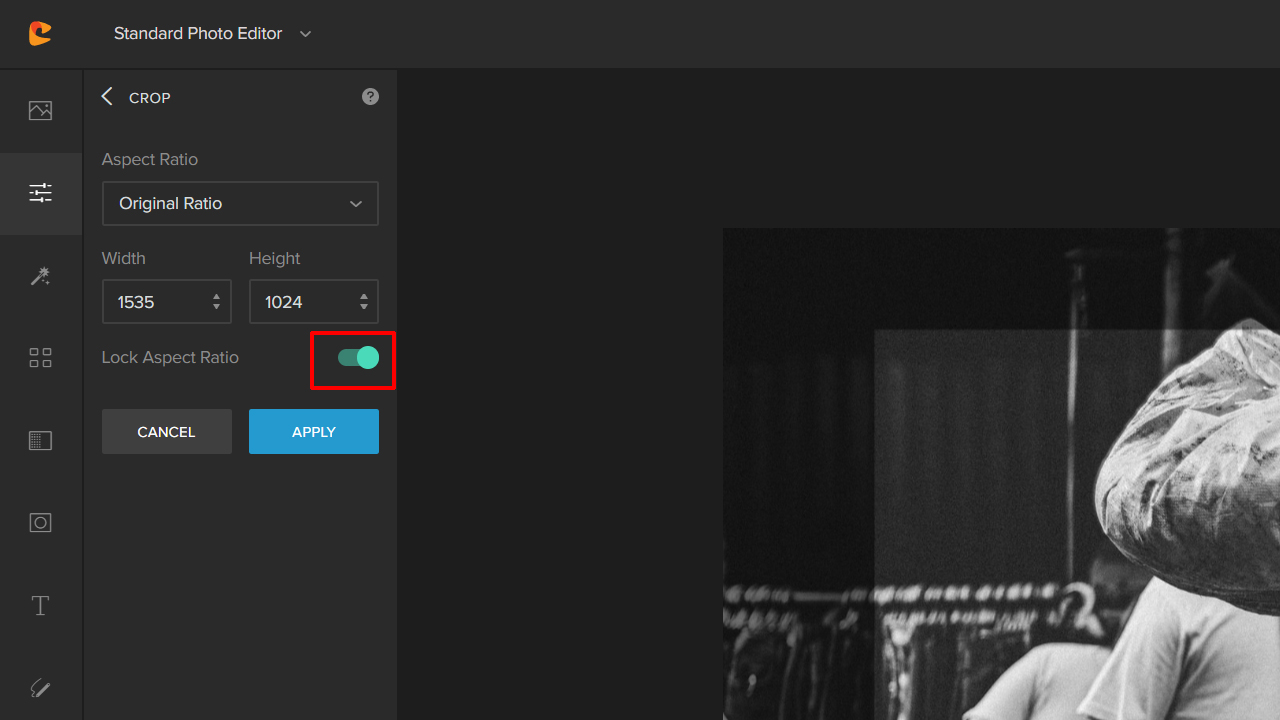
With the Freeform option, you can pull any six anchor points and crop the image according to your need.
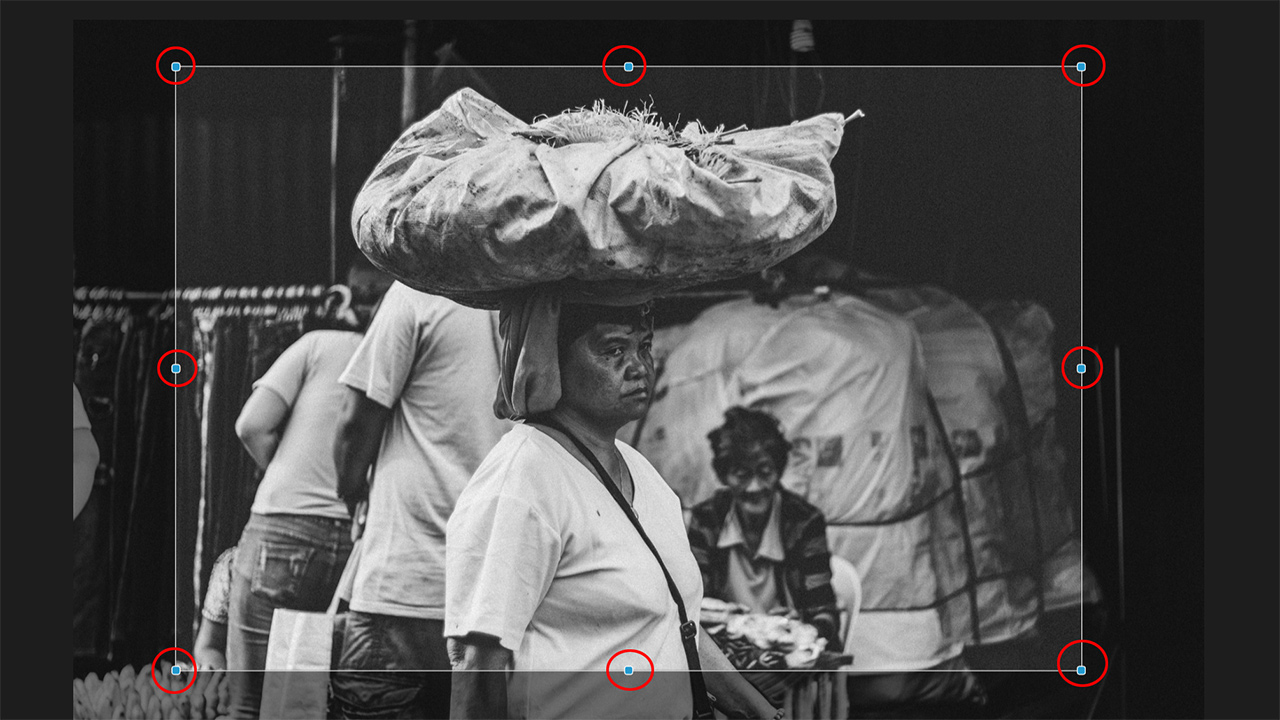
There are a bunch of other Aspect Ratios as well that are for social media posts, but we don’t need them for this purpose.
Let’s choose the Original Ratio.
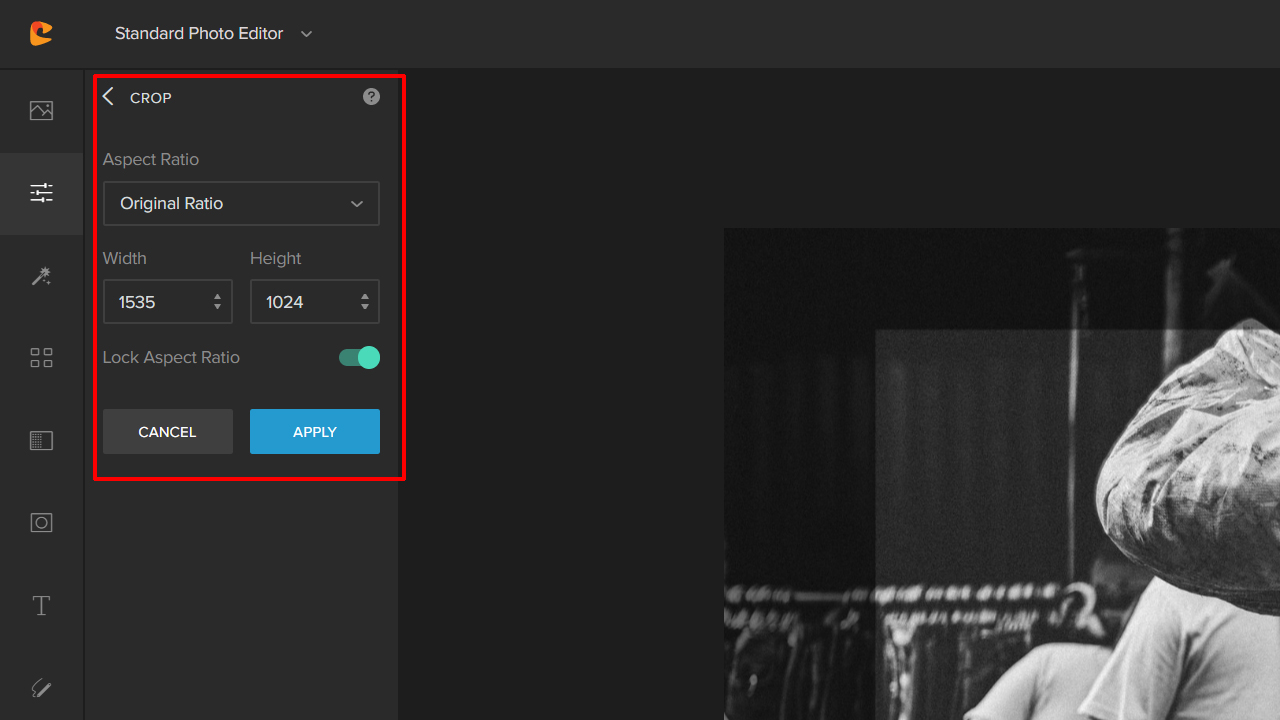
Finally, after cropping, the image looks like this.
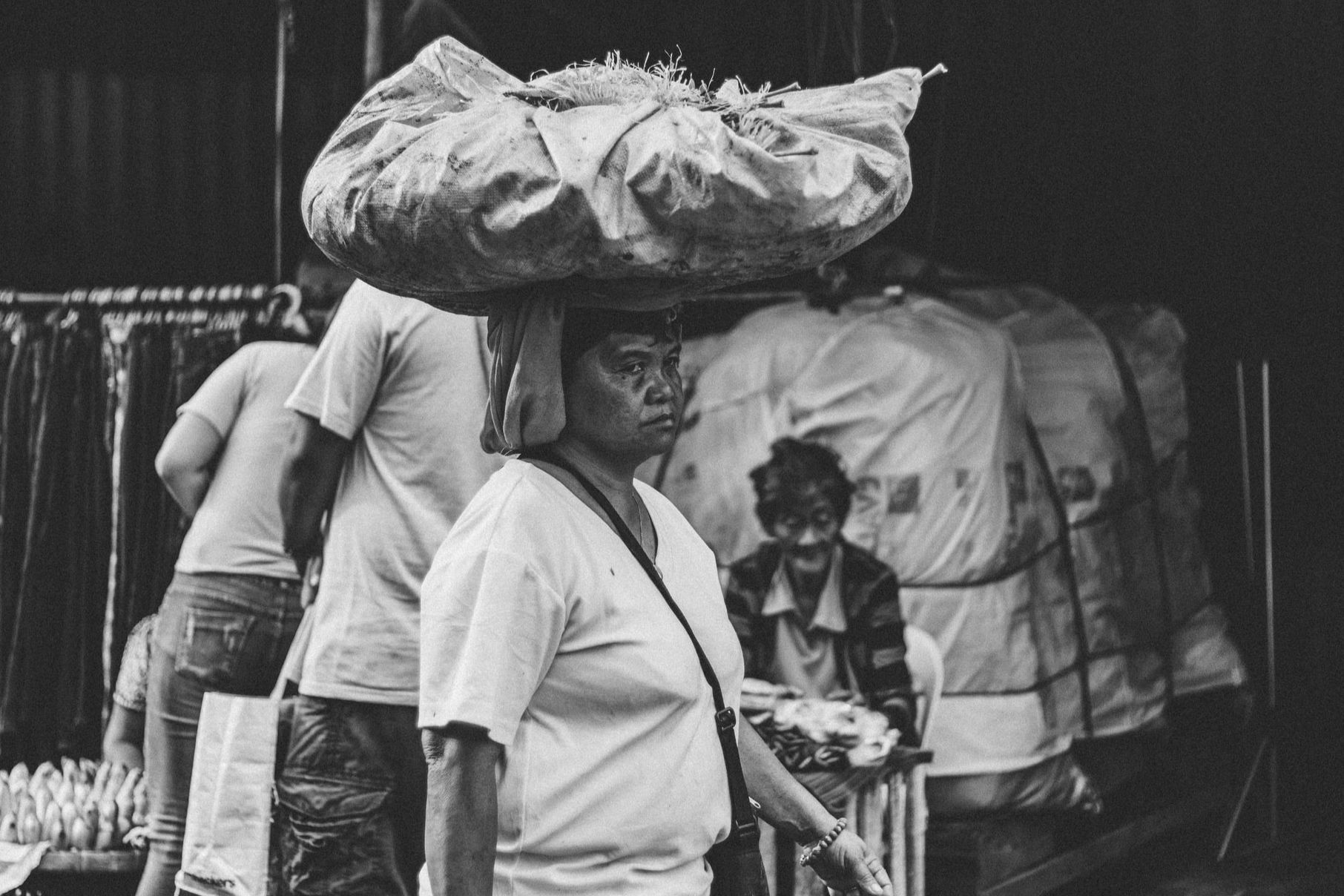
You also have to wait for the composition to come together by waiting for the decisive moment.
The Basic Do’s and Don’ts of Street Photography
The approach used by some photographers often gives street photography a bad name. It’s no doubt that street photography is an intrusive genre of photography. Even though you don’t have to take someone’s permission to photograph in a public space, you’re still violating that person’s privacy when you take a picture.
So the least you can do is wear a smile and be polite when enquired. Consider the following as your ready reckoner on how to do street photography.
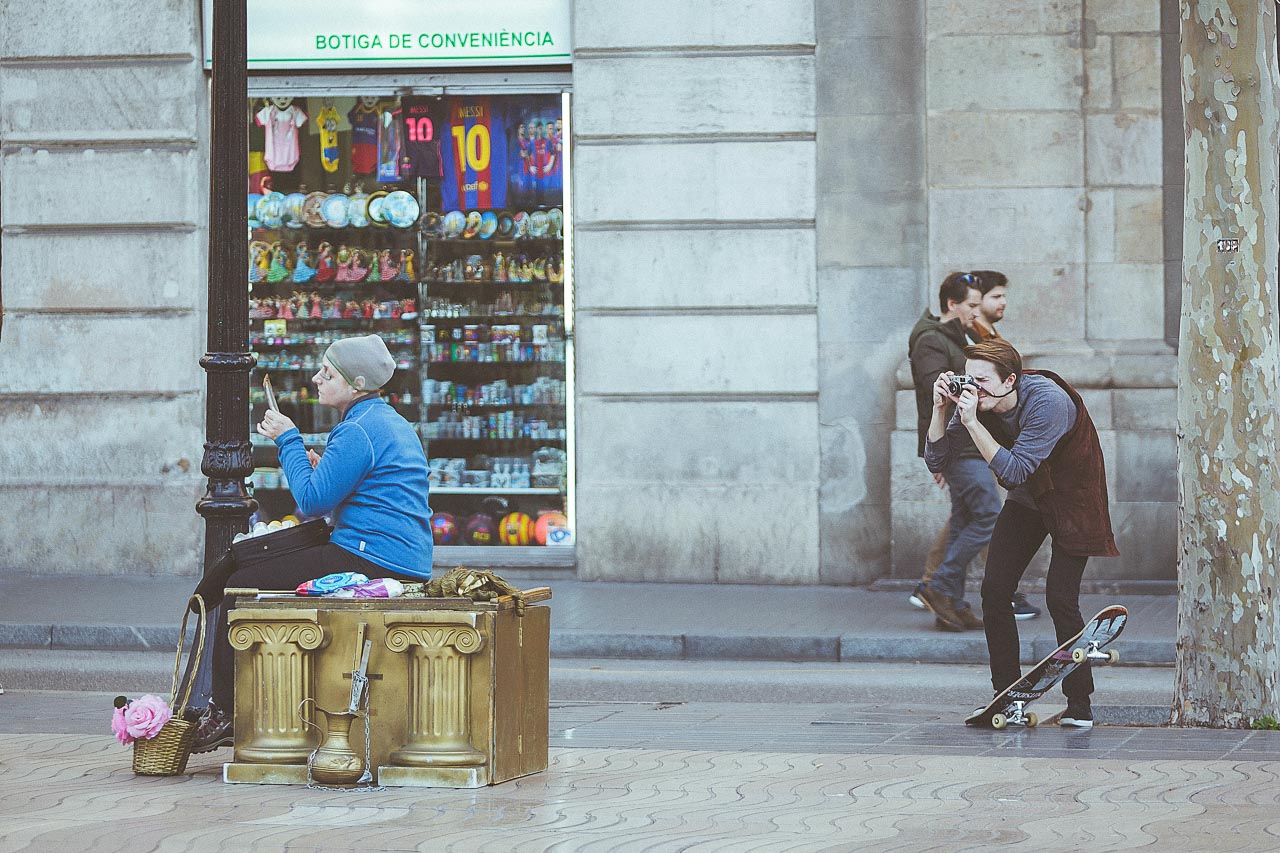
Do’s
Some major do’s of street photography.
1. Be Quick With Your Hands
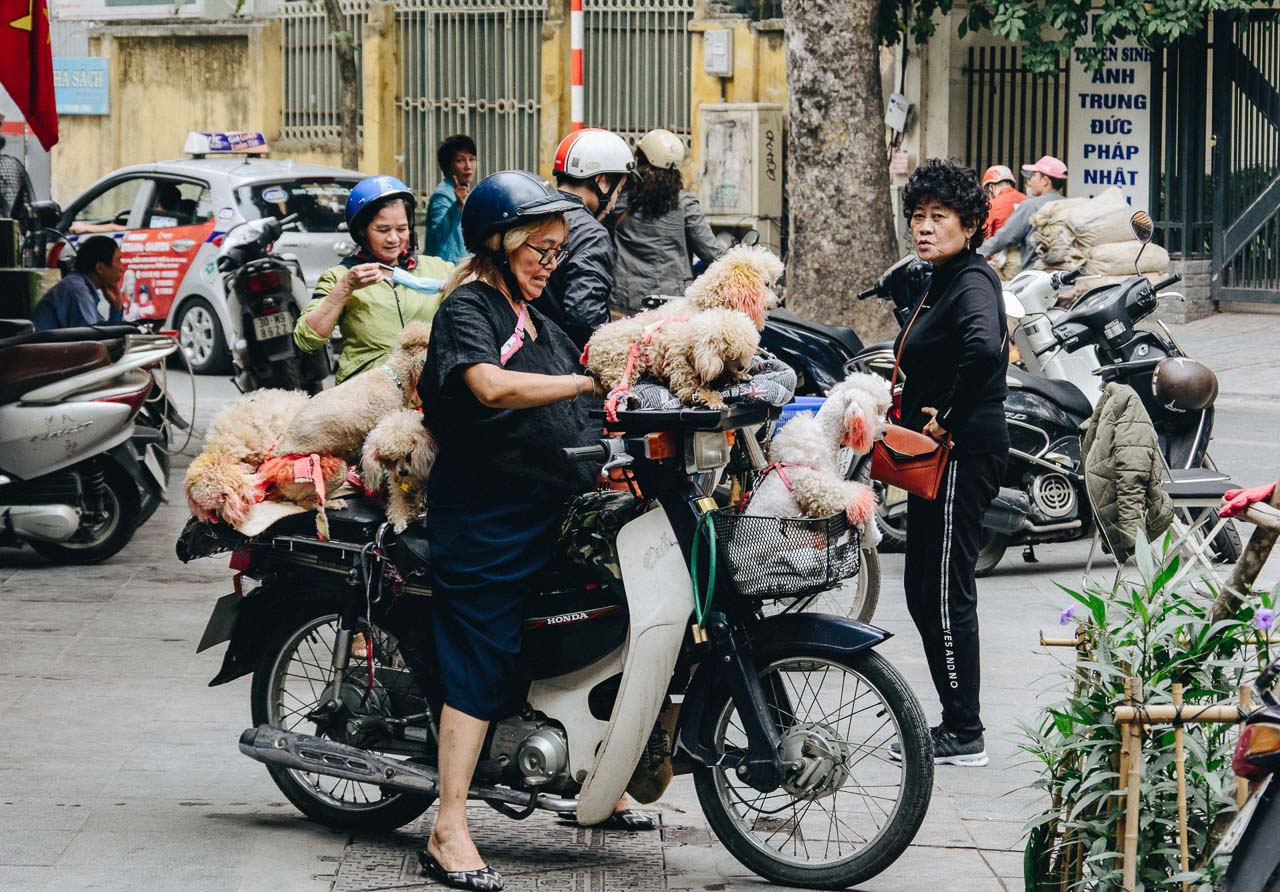
One of the things that you have to master as a street photographer is your hand-eye coordination. One thing that you can never do as a street photographer is contemplating. There is no time for that when you are out and photographing. It takes a very sharp eye and fast hands to capture a precise and unique moment.
2. now Your Rights as a Street Photographer
In the USA and the UK, it’s a lot easier to shoot street photography. The laws are less strict, and people are aware that they have little right to privacy when they’re out in public, so far as being photographed is concerned.
3. Keep Your Intentions Honest and Back Yourself
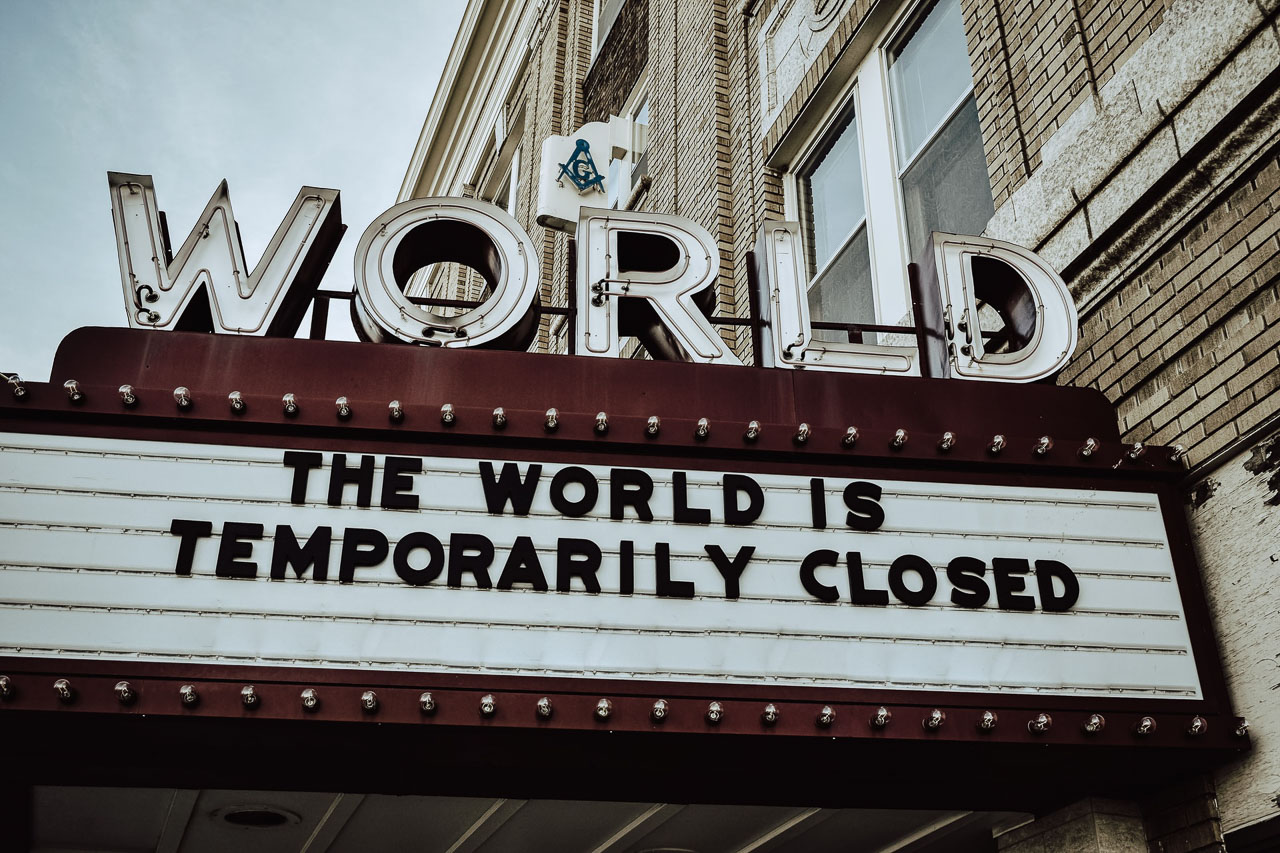
As long as your intentions are honest and you’re not doing anything wrong, you shouldn’t feel that you’re doing anything that’s against the law. If you’re clear about your intentions, you should have the courage to back yourself if challenged.
4. Stay Informed of the Local Customs
One of your greatest strengths as a street photographer is to stay informed of the local customs and practices. Always be situationally aware. Some cultures forbid taking pictures of women. It gets worse if you’re a male photographer. Female street photographers have a slightly better time.
Then again, it’s better to know the actual laws regarding street photography when you’re shooting outside the US & UK.
5. Shoot Many Frames
You have to do as a street photographer to shoot as many frames as possible. The higher the number of frames, the greater is the chance of getting one frame where everything clicks.
Don’ts
Here are the major don’ts of street photography.
1. Never Use a Flash up Close
we have seen many instances where a photographer uses extremely intrusive methods of capturing photos on the street. These include firing a flash on the face. While some photographers recommend separating a subject from the background, we strongly reject the idea of firing a flash on the front.
Plus, when you do that, you no longer remain anonymous. Remember, staying anonymous is your greatest strength.
2. Never Pester Someone for the Sake of a Photo
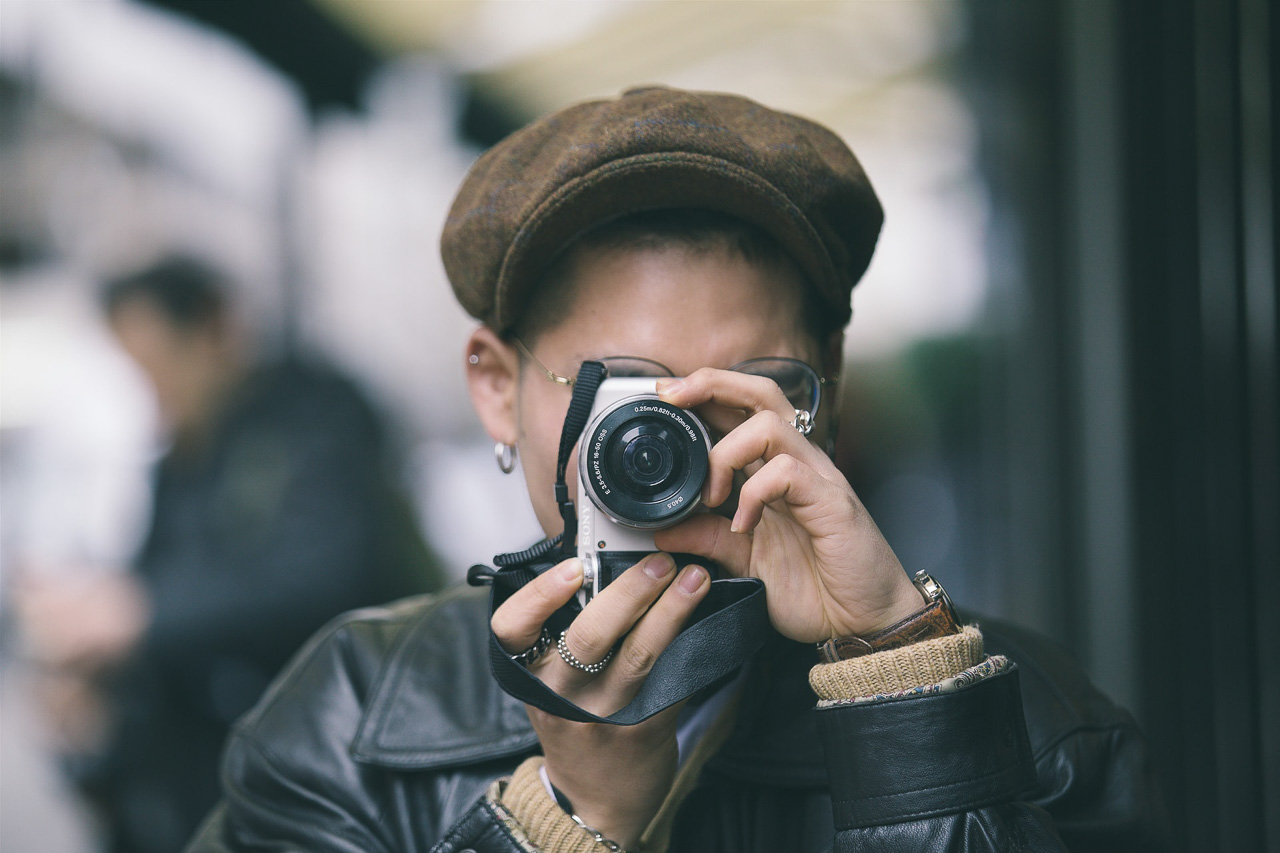
It’s never a great idea to hunt someone for the sake of a photo. Remember, you’re not a paparazzi. You’re a street photographer, and that means there is a line that you should never cross.
3. Avoid Photographing in Prohibited Areas
Avoid photographing military establishments and law enforcement agency offices. Additionally, avoid photographing in areas where it’s strictly forbidden.
Concluding Thoughts
Street photography is an exciting genre, but one not without its challenges. Perhaps the only genre (apart from conflict photography and war photography) where photographing comes with objections, challenges, and sometimes even physical danger.
There are no street photography tips and guides that can help you prepare for everything. You have to take what you can learn from this guide and then improvise independently.
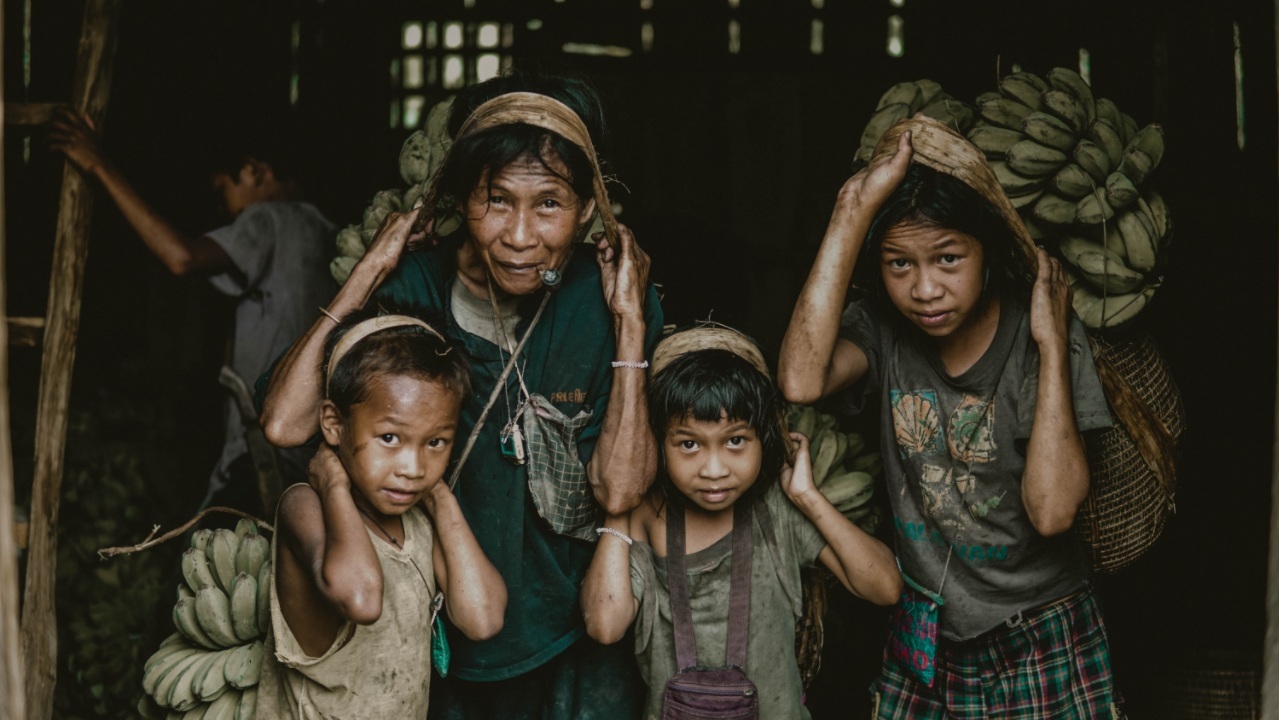
Street photography is nothing like any other photography genre, and for those who pursue it, it’s a matter of gratification. It is an important genre because it captures human emotions, behavior, and changes in culture and practices.
It captures who we are and how we have changed over the years. Street photography is more like a documentation of the human race over the years, and that alone makes it so alluring for those who pursue it.



